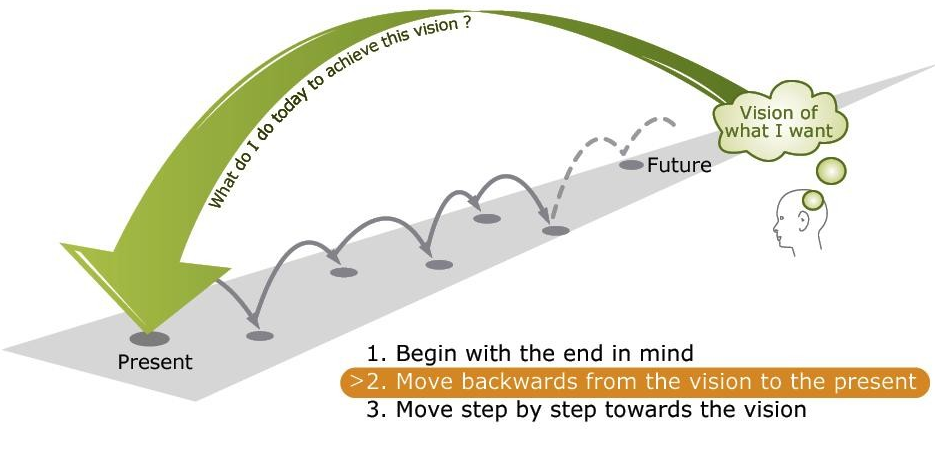
Difference Between Forward and Backward Reasoning in AI
Last updated: November 16, 2022 Read in fullscreen view
- 20 Jan 2022
 Difference between Bug, Defect, Error, Fault & Failure 22/1240
Difference between Bug, Defect, Error, Fault & Failure 22/1240 - 17 Oct 2022
 What is the difference between low-end, mid-end and high-end solutions of project management software? 19/1350
What is the difference between low-end, mid-end and high-end solutions of project management software? 19/1350 - 05 Jul 2020
 What is Sustaining Software Engineering? 14/1188
What is Sustaining Software Engineering? 14/1188 - 02 May 2022
 Difference between CapEx vs. OpEx: Two Ways to Finance Your Software Project 12/1433
Difference between CapEx vs. OpEx: Two Ways to Finance Your Software Project 12/1433 - 20 Mar 2022
 What is a Multi-Model Database? Pros and Cons? 11/1063
What is a Multi-Model Database? Pros and Cons? 11/1063 - 03 Aug 2022
 What Are OLAs? SLAs vs OLAs vs UCs: What’s The Difference? 11/970
What Are OLAs? SLAs vs OLAs vs UCs: What’s The Difference? 11/970 - 01 Mar 2023
 What is Unit Testing? Pros and cons of Unit Testing? 8/355
What is Unit Testing? Pros and cons of Unit Testing? 8/355 - 29 Nov 2021
 Memorandum of Understanding (MOU) for Partnership Agreements 7/470
Memorandum of Understanding (MOU) for Partnership Agreements 7/470 - 30 Jan 2022
 What Does a Sustaining Engineer Do? 7/554
What Does a Sustaining Engineer Do? 7/554 - 24 Nov 2021
 What is the difference between off-the-shelf software and customized software? 5/428
What is the difference between off-the-shelf software and customized software? 5/428 - 21 Jun 2022
 Difference between Quality and Grade 4/698
Difference between Quality and Grade 4/698 - 31 Dec 2021
 What is a Data Pipeline? 4/187
What is a Data Pipeline? 4/187 - 07 Dec 2021
 What's the difference between soft freeze, hard freeze and customization freeze? 4/1130
What's the difference between soft freeze, hard freeze and customization freeze? 4/1130 - 22 Sep 2022
 Why is it important to have a “single point of contact (SPoC)” on an IT project? 3/843
Why is it important to have a “single point of contact (SPoC)” on an IT project? 3/843 - 20 Dec 2021
 What is Hybrid Mobile App Development? 3/313
What is Hybrid Mobile App Development? 3/313 - 15 Aug 2023
 Production-Ready vs Feature-Complete: What’s the Difference? 3/157
Production-Ready vs Feature-Complete: What’s the Difference? 3/157 - 06 Dec 2024
 Steps For Integrating Sustainable Practices Into Business Operations 3/114
Steps For Integrating Sustainable Practices Into Business Operations 3/114 - 07 Nov 2022
 Why Design Thinking can save the outsourcing industry 2/168
Why Design Thinking can save the outsourcing industry 2/168 - 18 Mar 2022
 Difference between Project Management and Management Consulting 2/321
Difference between Project Management and Management Consulting 2/321 - 05 May 2022
 DAM vs. CMS: What's the difference? 2/443
DAM vs. CMS: What's the difference? 2/443 - 01 Feb 2022
 Outstaffing Vs. Outsourcing: What’s The Difference? 2/565
Outstaffing Vs. Outsourcing: What’s The Difference? 2/565 - 13 Nov 2021
 What Is Bleeding Edge Technology? Are bleeding edge technologies cheaper? 1/454
What Is Bleeding Edge Technology? Are bleeding edge technologies cheaper? 1/454 - 25 Apr 2021
 What is outstaffing? 1/229
What is outstaffing? 1/229 - 28 Oct 2025
 The Future of Real Estate: Key Trends and Essential Lessons in Digital Transformation 1/10
The Future of Real Estate: Key Trends and Essential Lessons in Digital Transformation 1/10 - 06 Jun 2024
 Software Upgrade vs Software Update: What is the difference? 1/212
Software Upgrade vs Software Update: What is the difference? 1/212 - 09 Dec 2021
 Customer Service vs Technical Support: What’s The Difference? 1/223
Customer Service vs Technical Support: What’s The Difference? 1/223 - 25 Jan 2022
 What is the difference between Outsourcing and Outstaffing? /261
What is the difference between Outsourcing and Outstaffing? /261 - 03 Jul 2022
 What is the difference between Project Proposal and Software Requirements Specification (SRS) in software engineering? /955
What is the difference between Project Proposal and Software Requirements Specification (SRS) in software engineering? /955 - 10 Apr 2022
 What is predictive analytics? Why it matters? /167
What is predictive analytics? Why it matters? /167 - 01 Apr 2022
 Dedicated Team vs. Extended Team: What’s the difference? /298
Dedicated Team vs. Extended Team: What’s the difference? /298 - 15 Sep 2022
 CRM vs CDP: What's the difference? /236
CRM vs CDP: What's the difference? /236 - 10 Nov 2021
 PoC vs. Prototype vs. MVP: What’s the difference? /719
PoC vs. Prototype vs. MVP: What’s the difference? /719 - 02 Nov 2021
 Difference between an ESTIMATE and a QUOTE /342
Difference between an ESTIMATE and a QUOTE /342
In Artificial intelligence, the purpose of the search is to find the path through a problem space. There are two ways to pursue such a search that are forward and backward reasoning. The significant difference between both of them is that forward reasoning starts with the initial data towards the goal. Conversely, backward reasoning works in opposite fashion where the purpose is to determine the initial facts and information with the help of the given results.
Comparison Chart
| BASIS FOR COMPARISON | FORWARD REASONING | BACKWARD REASONING |
|---|---|---|
| Basic | Data-driven | Goal driven |
| Begins with | New Data | Uncertain conclusion |
| Objective is to find the | Conclusion that must follow | Facts to support the conclusions |
| Type of approach | Opportunistic | Conservative |
| Flow | Incipient to consequence | Consequence to incipient |
Definition of Forward Reasoning
The solution of a problem generally includes the initial data and facts in order to arrive at the solution. These unknown facts and information is used to deduce the result. For example, while diagnosing a patient the doctor first check the symptoms and medical condition of the body such as temperature, blood pressure, pulse, eye colour, blood, etcetera. After that, the patient symptoms are analysed and compared against the predetermined symptoms. Then the doctor is able to provide the medicines according to the symptoms of the patient. So, when a solution employs this manner of reasoning, it is known as forward reasoning.
Steps that are followed in the forward reasoning
The inference engine explores the knowledge base with the provided information for constraints whose precedence matches the given current state.
- In the first step, the system is given one or more than one constraints.
- Then the rules are searched in the knowledge base for each constraint. The rules that fulfil the condition are selected(i.e., IF part).
- Now each rule is able to produce new conditions from the conclusion of the invoked one. As a result, THEN part is again included in the existing one.
- The added conditions are processed again by repeating step 2. The process will end if there is no new conditions exist.
Definition of Backward Reasoning
The backward reasoning is inverse of forward reasoning in which goal is analysed in order to deduce the rules, initial facts and data. We can understand the concept by the similar example given in the above definition, where the doctor is trying to diagnose the patient with the help of the inceptive data such as symptoms. However, in this case, the patient is experiencing a problem in his body, on the basis of which the doctor is going to prove the symptoms. This kind of reasoning comes under backward reasoning.
Steps that are followed in the backward reasoning
In this type of reasoning, the system chooses a goal state and reasons in the backward direction. Now, let’s understand how does it happens and what steps are followed.
- Firstly, the goal state and the rules are selected where the goal state reside in the THEN part as the conclusion.
- From the IF part of the selected rule the subgoals are made to be satisfied for the goal state to be true.
- Set initial conditions important to satisfy all the subgoals.
- Verify whether the provided initial state matches with the established states. If it fulfils the condition then the goal is the solution otherwise other goal state is selected.
Key Differences Between Forward and Backward Reasoning in AI
- The forward reasoning is data-driven approach while backward reasoning is a goal driven.
- The process starts with new data and facts in the forward reasoning. Conversely, backward reasoning begins with the results.
- Forward reasoning aims to determine the result followed by some sequences. On the other hand, backward reasoning emphasis on the acts that support the conclusion.
- The forward reasoning is an opportunistic approach because it could produce different results. As against, in backward reasoning, a specific goal can only have certain predetermined initial data which makes it restricted.
- The flow of the forward reasoning is from the antecedent to consequent while backward reasoning works in reverse order in which it starts from conclusion to incipient.
Conclusion
The production system structure of the search process facilitates in the interpretation of the forward and backward reasoning. The forward and backward reasoning are differentiated on the basis of their purpose and process, in which forward reasoning is directed by the initial data and intended to find the goal while the backward reasoning is governed by goal instead of the data and aims to discover the basic data and facts.





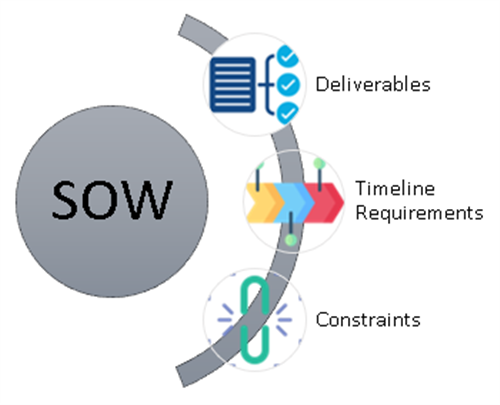


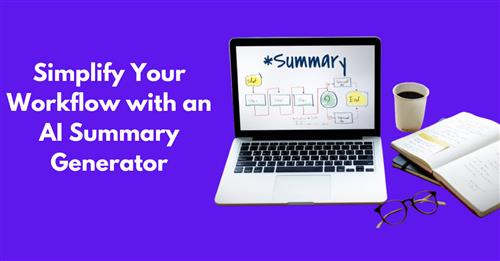
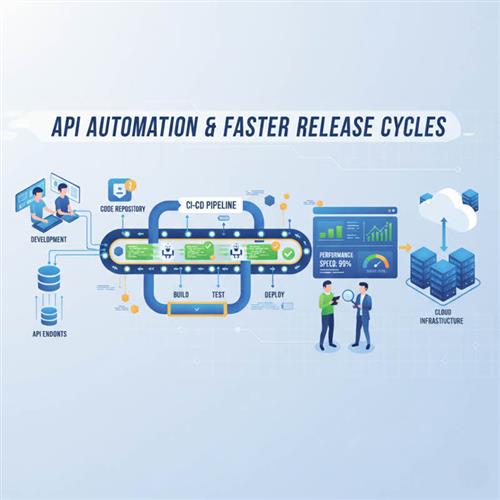
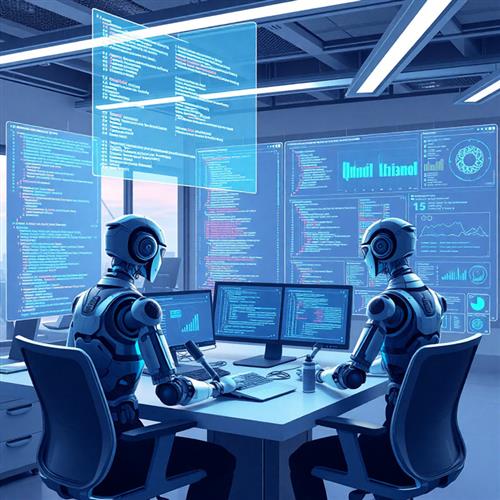
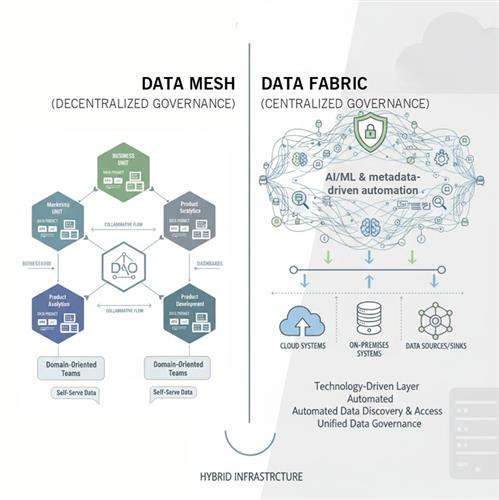
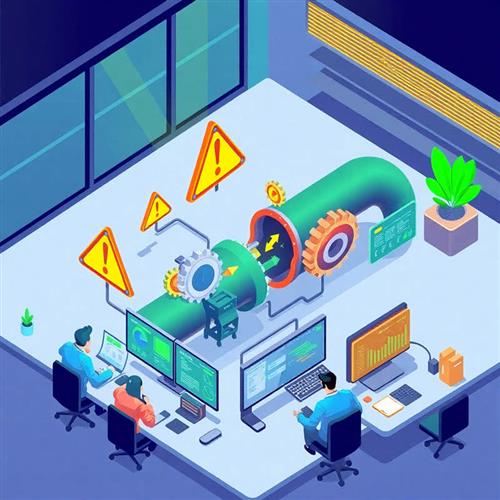
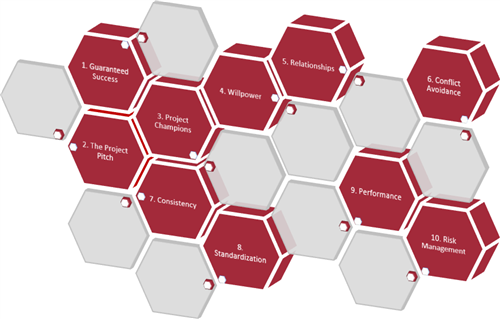
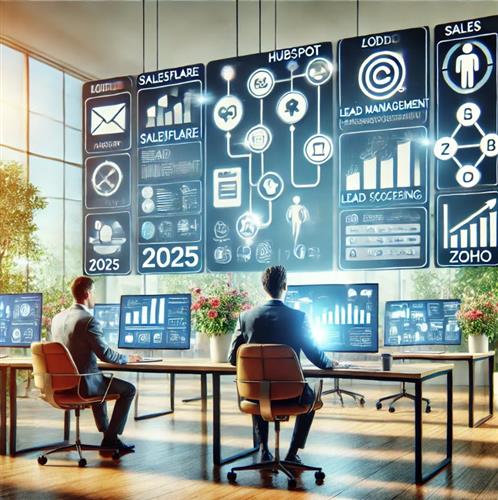
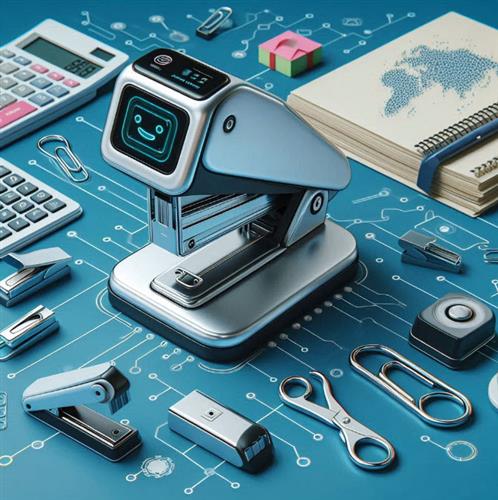
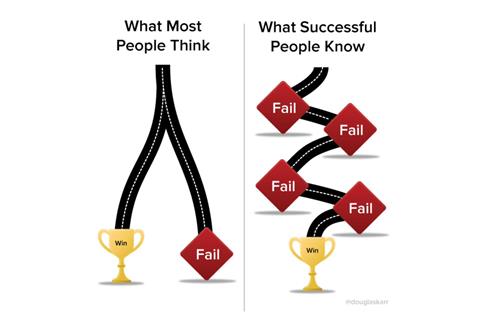
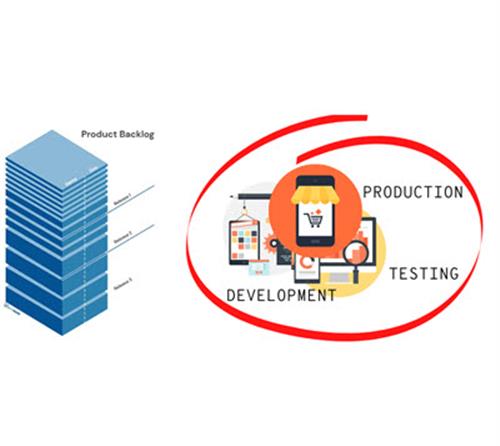
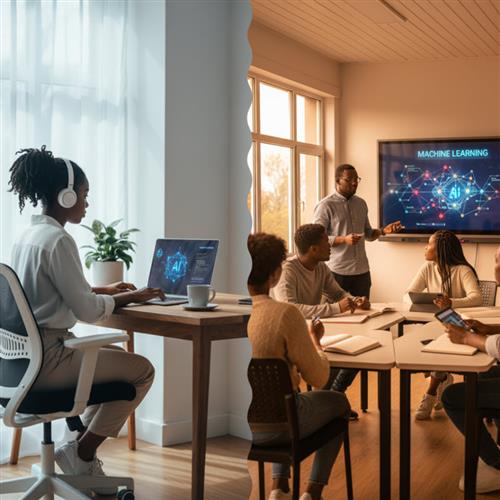

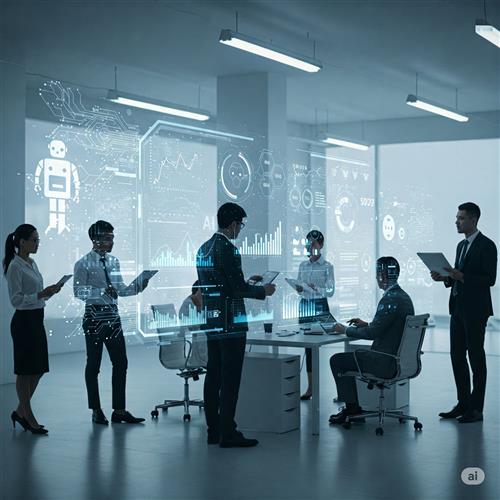
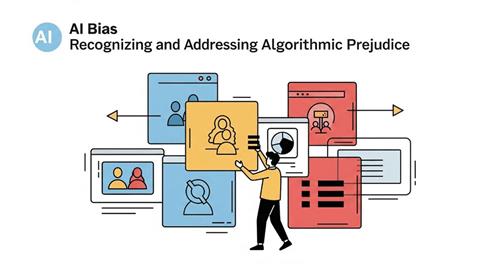

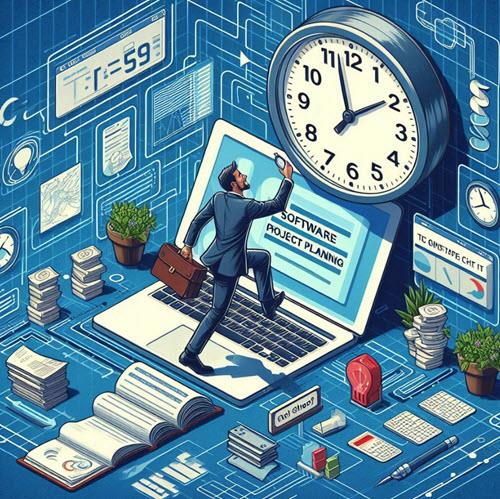
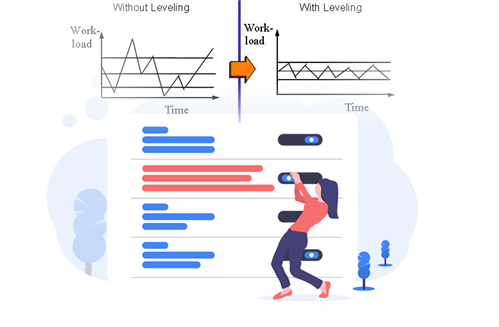









 Link copied!
Link copied!
 Recently Updated News
Recently Updated News